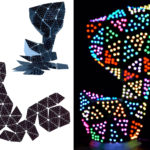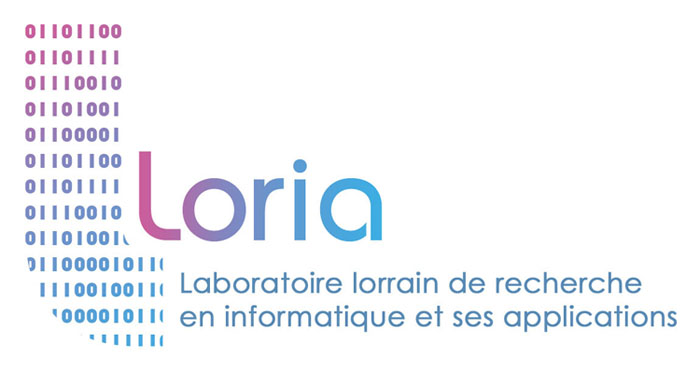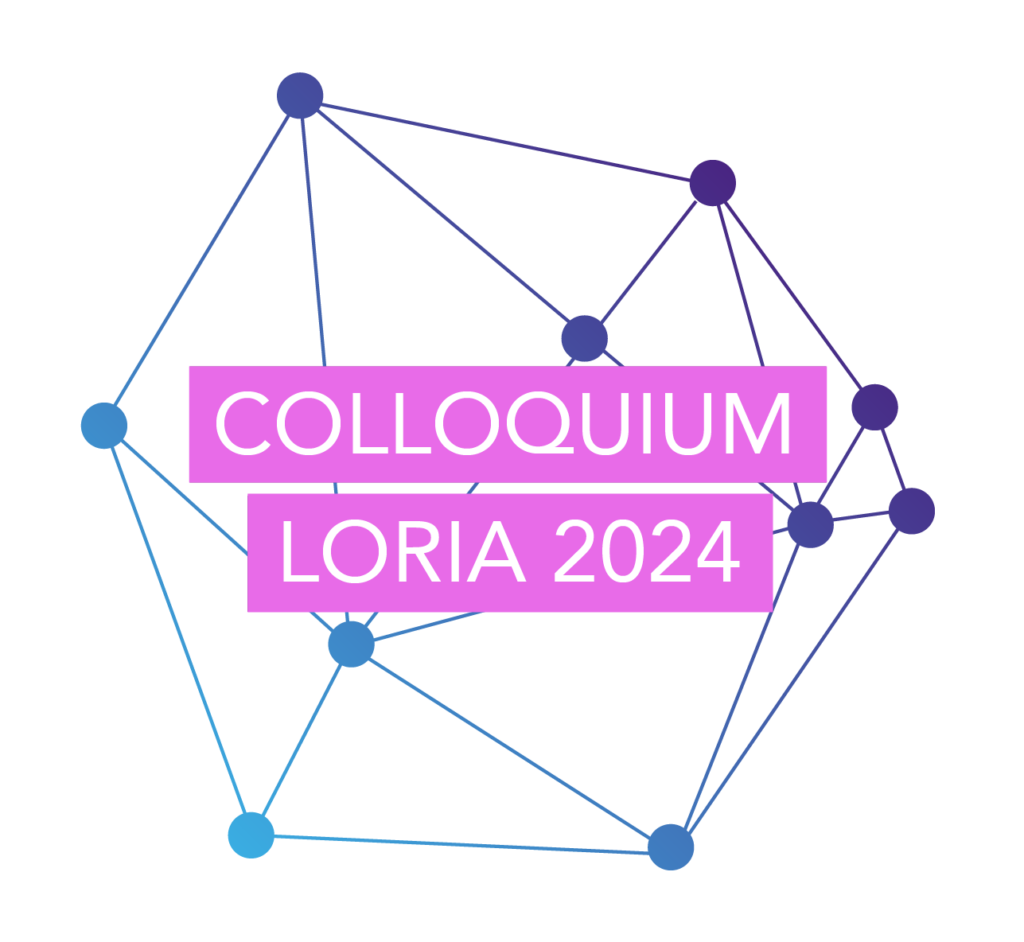PCBend: flexible printed circuits for maximum creativity

11 August 2023
Imagine flexible electronic circuits capable of being shaped to fit specific objects or products created using 3D printing. This is now possible thanks to PCBend, an open-source process developed by two young researchers: one from the Inria-Loria project team MFX, and the other from the Institute of Science and Technology Austria. Their innovation is set to be unveiled at the next edition of the Siggraph global conference, which will run from the 6th to the 10th August 2023 in Los Angeles.
Read the original article on Inria.fr
Innovative products coming soon to your living room
In just a few years’ time, you might be reading a newspaper on a screen that folds just like real paper, watching images on a screen in the form of a ring, or lighting up your living room using a light with a futuristic design. Attendees at the upcoming edition of Siggraph, the leading conference for the world’s computer graphics community, will be given a taste of these innovative objects through a presentation of the process developed by two young researchers, Marco Freire and Manas Bhargava.
The first of the two is in the process of completing his PhD within the project team MFX – a joint undertaking involving Inria and the Laboratoire lorrain de recherche en informatique et ses applications (Loria) – while the second is a doctoral student at the Institute of Science and Technology Austria (ISTA), working within the Computer Graphics and Digital Fabrication research group headed up by Bernd Bickel. The two teams are long standing partners, having worked together on a range of projects on the subject of computer graphics and fabrication. The most recent of these, PCBend, saw the two young PhD students pooling their skills to work towards a common goal. This project emerged from ideas shared by researchers from the two teams, following on from research carried out as part of previous projects – including the ERC project Materializable on the Austrian side.
A surprising electronic circuit
“PCBend was set up to develop a digital and computational methodology for designing electronic circuits capable of being folded onto a surface, thereby creating volumes. These circuits are then operational in 3D form, with varying degrees of complexity”, says Marco Freire. The result was a surprising electronic circuit, which the two PhD students will be presenting at the Siggraph conference using an original example: an object representing a cat fitted with light-emitting diodes (LEDs) in red, green and blue – the three colours used by our computer and television screens.
“Introducing a third dimension increases the potential for designing objects…but also raises some fascinating problems on the mathematical and computing side of things”, says Manas Bhargava. The process developed by the two researchers comprises different steps, the shape of the volume obtained by folding an initial surface containing printed circuit boards. Unlike paper, these circuit boards break when bent beyond a certain angle. The final surface, comprised of PCB panels onto which the electronic components are soldered, features cutting patterns enabling it to be folded.
“The algorithm designed for PCBend designs plans for printed circuit boards in a fully automated way. It incorporates all of the stages for optimising the geometry of PCB panels with a view towards folding, before optimising the circuit and the wiring for the LEDs on the surface as well”, explains Marco Freire.
Open-source algorithms
To give you an idea of how impressive this is, consider the complexity of origami: although it is easy to get simple volumes from elementary surfaces (three triangles deployed around a central triangle can be folded into a pyramid, for example), this is much harder for more elaborate volumes. “We developed a special algorithm for determining which 2D shape will enable us to arrive at the desired 3D shape. What it does is split this complex problem into a number of easier problems, defined by an arrangement of triangles. Each of these sub-problems is then solved individually”, explains Manas Bhargava. Once produced, the electronic circuits can then be folded and glued onto a printed 3D surface: as simple as that!
The advantage of this process is that it uses only standard materials and procedures, thereby reducing manufacturing costs and time frames. What’s more, there is no need for any advanced scientific knowledge or highly specialist technical skills. “MFX set itself the target of designing technology that would be accessible to as many people as possible: we developed our algorithms in an open-source environment, and we will be sharing them with the scientific community and anyone else interested in designing new objects”, says Marco Freire.
Industrial applications on the horizon
What does the team have its sights set on now? The current algorithm will need to be improved in order to enable more complex geometries. Another challenge is increasing the LED density further, either using smaller LEDs, or finding ways to pack them even tighter.
Looking forward, what industrial applications might be possible? “Curved surfaces are of interest to automobile and urban design manufacturers. More broadly, from robotics and architecture to electronics and mass-market digital technology, there are a whole host of ways in which the process developed through PCBend could be used”, say Manas Bhargava and Marco Freire. The future is looking bright.
Marco Freire: his beginnings as a computer science researcher
Having graduated from the École Normale Supérieure de Rennes, where they studied Computer Science, Marco Freire’s first experience at Inria came in 2018 through an internship with the Hybrid project team in Rennes, where they worked alongside Antoine Costes and Anatole Lécuyer. They then spent their Master’s internship at the Grenoble Alpes University Inria Centre with the Maverick project team, under the supervision of Nicolas Holzschuch. “Ever since that first experience of research, I’ve had a real passion for computer science and computer graphics, a field where it’s necessary to explore mathematical concepts and where it’s possible to apply them.” They are currently studying for a PhD at Inria as part of the MFX project team, and is in the process of finishing their third year, under the supervision of Sylvain Lefebvre.
Find out more
Suitable for all:
- PCBend : Light Up Your 3D Shapes With Foldable Circuit Boards [Siggraph 2023], Manas Bhargava’s YouTube channel, 16/5/2023.
- Trailer for Siggraph 2023 conference, ACM SIGGRAPH, 26/6/2023.
Research paper:
- PCBend: Light Up Your 3D Shapes With Foldable Circuit Boards, ACM Transactions on Graphics, vol. 42, n° 4, August 2023 + Appendicies (examples of creations).


